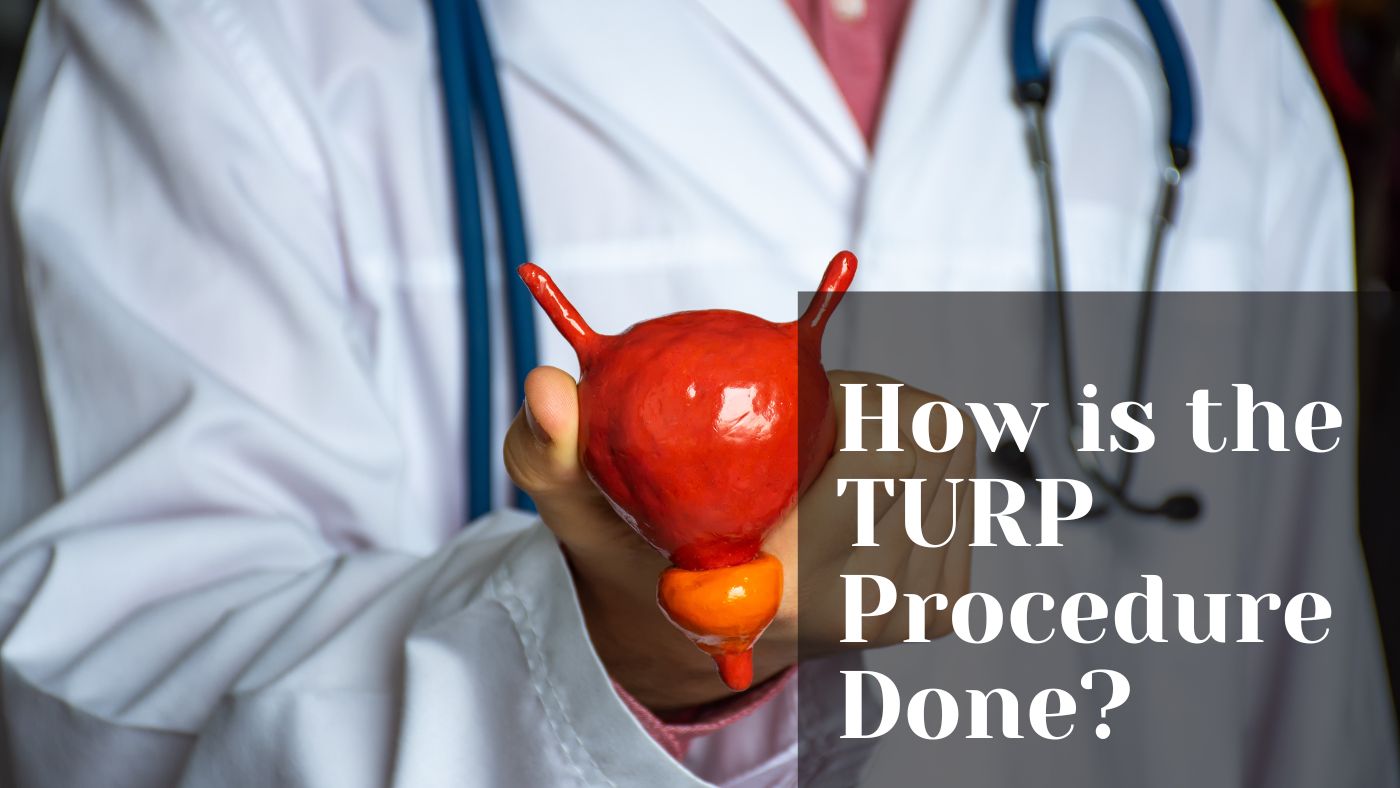
Transurethral resection of the prostate, commonly known as TURP, is a surgical procedure used to treat urinary problems caused by an enlarged prostate. This condition, known as benign prostatic hyperplasia (BPH), is quite common in older men. As the prostate gland enlarges, it can block the flow of urine from the bladder, leading to a range of uncomfortable symptoms.
TURP is considered the gold standard for treating BPH. It has been used for decades, offering relief from symptoms and improving quality of life for countless men. In this blog, we will explore how the TURP procedure is done, step by step. We will also discuss what to expect during recovery and why this procedure remains a popular choice for treating BPH.
Before undergoing TURP, you will need to prepare for the surgery. First, your doctor will conduct a thorough medical evaluation. This evaluation includes a physical exam, blood tests, and possibly imaging studies of the prostate. Additionally, your doctor may ask you to stop taking certain medications that could increase the risk of bleeding during surgery.
In the days leading up to the surgery, your doctor may instruct you to follow a specific diet or limit food and drink. On the day of the surgery, you will likely be asked to arrive at the hospital or surgical center a few hours before the procedure.
TURP is typically performed under either general anesthesia or spinal anesthesia. General anesthesia will put you to sleep during the procedure, while spinal anesthesia numbs the lower half of your body, allowing you to remain awake but pain-free.
Your anesthesiologist will discuss the best option for you, taking into account your medical history and personal preferences. Regardless of the type of anesthesia used, the goal is to ensure that you remain comfortable and free from pain throughout the surgery.
The TURP procedure is done through the urethra, the tube that carries urine from the bladder out of the body. This means that there is no need for an external incision, which helps reduce recovery time and the risk of complications.
Here’s a step-by-step overview of how the TURP procedure is done:
After the procedure, you will be moved to a recovery area where you will be monitored as the anesthesia wears off. Most patients stay in the hospital for one to two days following the surgery. During this time, the catheter remains in place, and you may receive medication to manage pain or prevent infection.
It’s normal to experience some discomfort and blood in your urine for a few days after the procedure. However, these symptoms should gradually improve as you heal. Your doctor will provide specific instructions on how to care for the catheter and what activities to avoid during recovery.
The recovery process after TURP can vary from person to person. Most men are able to return to normal activities within a few weeks. However, it’s important to follow your doctor’s advice to ensure a smooth recovery.
Here are some tips for a successful recovery:
TURP offers several benefits for men with BPH. First and foremost, it provides significant relief from urinary symptoms. Most men experience improved urine flow, reduced frequency of urination, and better bladder control after the procedure.
In addition, TURP is a minimally invasive procedure, meaning there are no external incisions. This results in a quicker recovery time compared to open surgery. Furthermore, TURP has a high success rate, with most men enjoying long-term relief from their symptoms.
Like any surgical procedure, TURP carries some risks. However, serious complications are rare. Potential risks include infection, bleeding, and issues related to anesthesia. In some cases, men may experience temporary urinary incontinence or erectile dysfunction after the procedure.
It’s important to discuss the potential risks with your doctor before deciding to undergo TURP. Your doctor can help you weigh the benefits and risks based on your specific situation.
While TURP is the most common procedure for treating BPH, there are alternatives. Some men may benefit from other minimally invasive procedures, such as laser surgery, transurethral microwave therapy (TUMT), or transurethral needle ablation (TUNA). These alternatives may be suitable for men who are not good candidates for TURP or who prefer a different treatment approach.
In addition, medication is an option for managing mild to moderate symptoms of BPH. However, medications may not be as effective as surgery for severe cases of BPH.
The TURP procedure is a highly effective treatment for relieving symptoms of an enlarged prostate. By understanding how the procedure is done, what to expect during recovery, and the benefits and risks, you can make an informed decision about your treatment options.
If you need expert help with urology billing services, let the professionals at CrestPointeBilling take care of it for you. Visit us to learn more about our specialized services. We’re here to help you maximize your revenue and streamline your billing process. Contact us today!